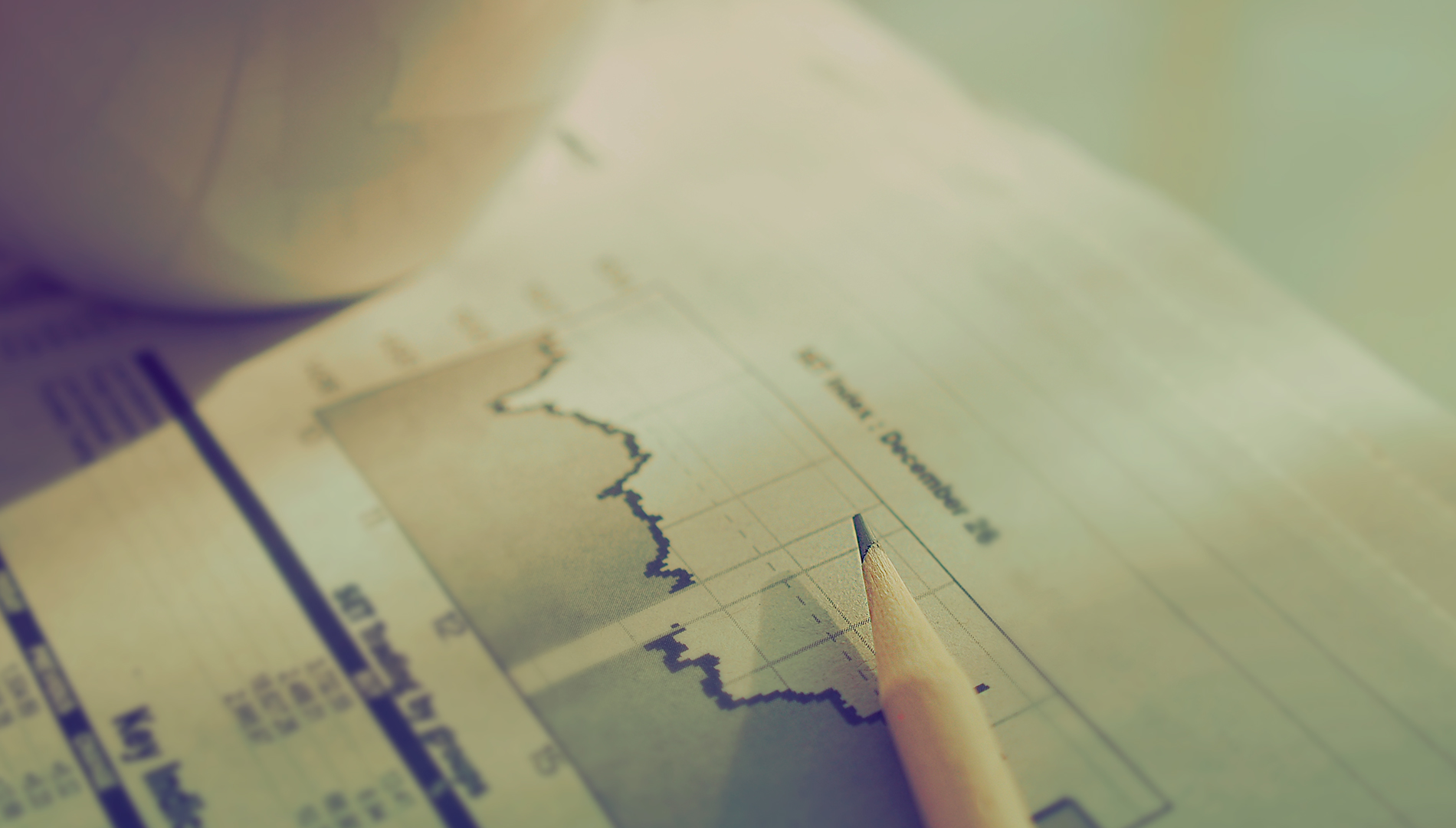
Mumbai, Nov 9, 2022
Containing the damage in the equity portfolio mainly boils down to prudent risk management. As Benjamin Graham said, “Successful investing is about managing risk not avoiding it.”Each investment carries two types of risk. One is the Systemic risk, which is the risk to the portfolio from the market movements (led by macroeconomic, geopolitical events) and the other is the Unsystematic risk, which is the risk largely limited to individual stocks (led by specific industry, company related events) in the equity portfolio.
Capital markets move in cycles of booms and busts, so does investors’ risk perception. In booming markets even, the weakest of businesses tend to do well in terms of price movements. Similarly, during market falls, most stocks tend to decline with the general fall, leading to an inevitable portfolio drawdown. That’s the systemic risk, which is hard to eliminate unless one can time the market with perfection or could minimize some drawdown by exiting / trimming weaker and hyped businesses during good times.
However, just like damage from high tides and tsunamis isn’t the same for all the structures on the shore, the damage from a broad market fall is not the same for all stocks. Some stocks tend to act like tennis balls that bounce back as the weight of the market is lifted, while others tend to be eggs, which get badly bruised in a market fall and take their sweet time to recover or never recover. The difference, most of the time, is the underlying fundamentals.
The idea of managing risk is to be in tennis balls and shun eggs. Minimizing the portfolio damage, therefore, comes down to managing the company and industry-specific risk well.
Know yourself and your investment philosophy
Each investor has different return expectations from his investments depending on his goals and risk bearing capability. That determines the portfolio construct, which in turn determines the returns, if followed in a disciplined manner through various cycles.
For example, the best way for a typical buy-and-hold investor to keep the portfolio damage to a minimum is to be in structural multiyear themes. One needs a balanced long-term portfolio of companies that are leaders with competitive advantages, growing at a decent pace (say at least 1.5x of the GDP), making decent returns on capital, and throwing out significant cash year after year.
For someone who likes to take more risks by taking aggressive calls to generate alpha, the damage can only be contained by constant review of companies and swift action on a regular basis. Such investors need to be much more vigilant than buy-and-hold investors. For example, an overweight portfolio on Information Technology sector would have grossly underperformed in the last 6 months vis-à-vis the balanced multiyear theme portfolio.
Mix it well
An apt diversification helps you to achieve your desired investment returns while managing risk on the overall portfolio. For example, diversification between large, mid, and small cap helps in managing risks in various market cycles.
An optimum number of stocks at any time with neither too many nor too less will also aid in managing concentration risk. A portfolio with ~25 stocks can help optimally diversify the downside risk while ensuring a decent upside.
Improve your portfolio’s worst case
While assessing the portfolio’s worst case, one can build scenarios on the probability of the portfolio companies getting into serious trouble from company-specific or industry-specific factors. Logically, the companies that carry a high risk get a lower allocation, and the ones that carry a low risk get a higher allocation.
For example, a portfolio with 50% exposure to cyclical companies has a high probability of getting bruised compared to one with 10% cyclicals. In cases like these, a simple worst-case analysis is the best way to limit exposure to the serious potential laggards in the portfolio.
Don’t be emotional
Emotionally charged investors make the worst of their decisions at the worst of the time. This includes selling at the absolute panic bottom and buying at the euphoric tops.
In investing, it’s always a good idea to check your emotional state before making portfolio decisions. Don’t panic sell or buy in FOMO. Don’t be greedy and unnecessary hopeful; maintain an objective mindset. Less emotional decisions go a long way in safeguarding the portfolio in all situations, including a severe market fall.
Lastly, volatility is an inherent nature of equities and must be embraced and accepted. A well-constructed portfolio comes out of it unscathed while a shoddily-created portfolio always suffers. Therefore, an investor’s sole focus should be on picking the stocks wisely and sitting tight through bad times.
For more information, please visitwww.sanctumwealth.com
Social Media –LinkedIn |Twitter |Facebook |Youtube